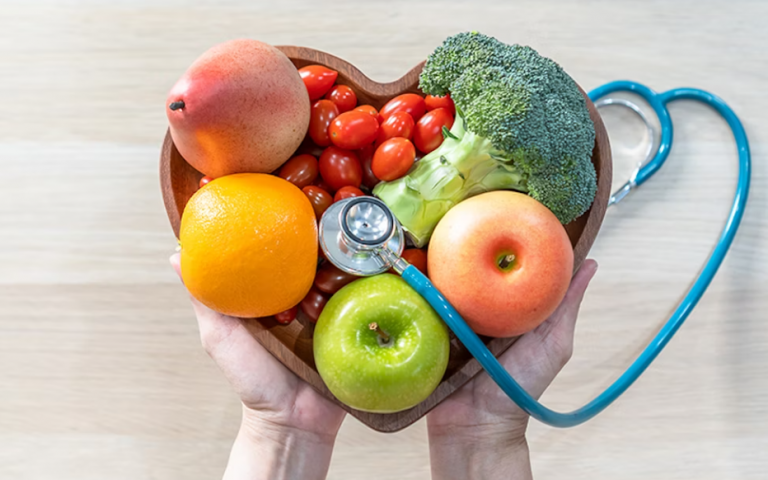
Disclaimer: If you are pregnant, nursing, taking any medication, or under medical care, consult a physician or healthcare professional before use. This product should be used only as directed on the label. Consult a physician before use if you have a serious medical condition or are taking prescription medications. Consult a physician before using this or any supplemental dietary product. All trademarks and copyrights are the property of their respective owners and are not affiliated with or endorsed by this product. These statements have not been evaluated by the FDA. This product is not intended to diagnose, treat, cure, or prevent any disease. Individual results will vary. By using this site, you agree to be bound by the Privacy Policy and all Terms and Conditions posted on this site. THIS IS AN ADVERTISING AND NOT AN ACTUAL NEWS ARTICLE, BLOG OR CONSUMER PROTECTION UPDATE. MARKETING DISCLOSURE: This website is a marketplace. So, you should know that the owner has a monetary connection with the products and services advertised on the site. The owner gets paid whenever a qualified lead is referred to them, but that’s about it. ADVERTISING DISCLOSURE: This website and the products and services mentioned on it are advertising platforms. This site is an advertisement and not a news publication. Any photographs of people used on this site are of models. The owner of this site and the products and services mentioned on this site only provides services to enable consumers to obtain and compare them.
When we think of healthy eating, holiday meals don’t necessarily come to mind. Treats like pumpkin pie, gingerbread cookies and eggnog can make it hard to maintain self control, especially when your normal routines are upended. But as we age, it’s more critical than ever to maintain a healthy diet. Our bodies are changing and might require more vitamins and minerals, or won’t be able to withstand as much alcohol or sugar. Fortunately, there are a few things you can do before, during and after a big meal to make the holiday eating experience healthier. Take the time to plan out what you need to do to maintain your health: schedule in exercise, stay hydrated, and eat slowly. These are just some of the many things you can do to ensure your holiday season is as enjoyable and healthy as can be.
The importance of healthy eating during the holidays
The holidays can be a time of overindulgence, especially when it comes to food and drinks. Older adults who may have more dietary restrictions should be particularly cautious at the holiday dining table. Your metabolism slows as you age, so you don’t need as many calories. Additionally, your body may require more of certain nutrients that it didn’t need as much of before, especially vitamin D. Sticking to a strict diet and carefully planning your holiday meal is even more important if you have diabetes. Be sure to take the proper precautions and check your blood sugar regularly if you are diabetic.
Create a pre-holiday diet plan
The best way to avoid an eating faux pas during holiday time is to plan ahead. This way, you’re less likely to pile food on your plate because you didn’t have a big enough breakfast, or to find yourself unable to eat half the dishes because of dietary restrictions.
Some things you can do to plan ahead might include:
-
Eat normally before the holiday meal, so that you don’t overeat once you get there. Many people try to “save” calories with the idea that it will keep them from indulging during the festivities. But when it comes time for the meal, you’ll be so hungry that you run the risk of eating too much. Plan to eat a healthy breakfast that’s high in fiber, so you feel fuller for longer.
-
Make healthy choices when selecting and cooking the food. If you’re hosting the get-together, consider swapping the usual holiday fare for healthier options. Try making sauce from scratch rather than getting store-bought options, use 1% or skim milk instead of heavy cream or whole milk, drain the fat from meat before using the drippings for gravy, and season vegetables with spices and herbs rather than adding too much salt. It’s also helpful to read the nutrition facts label when grocery shopping, so that you can select products that are lower in added sugars, fat and sodium.
-
Offer to bring along your own dish if you’re invited to a holiday party. This way you can guarantee that there will be something nutritious for you to eat.
-
Get enough rest. This is especially important for those with diabetes. Sleep deprivation can make it more difficult to keep blood sugar under control, and when you don’t get enough sleep, you’re more likely to eat foods that are high in sugar and fat. Aim for 7 to 8 hours of uninterrupted sleep per night.
Healthy eating during the holiday meal
Making the right choices during the holiday meal is just as essential as planning ahead. When faced with the sweet smell of pie and the sight of creamy mashed potatoes, most of us are not exactly equipped to select the most nutritious options. Nevertheless, you should try to follow healthy eating guidelines, such as to:
-
Stay hydrated. Remember to drink plenty of water while you eat. Also, try to drink alcohol in moderation. You can partake in a celebratory toast, but don’t overdo it, as drinking too much alcohol can not only make it harder to think clearly and affect coordination, but it can have adverse effects when mixed with certain types of medications.
-
Start by eating veggies in order to curb your appetite. This way, when it comes time for the less healthy dishes, you won’t be as likely to overeat. Aim to incorporate plenty of fruits and vegetables into your holiday plate.
-
Eat slowly. Keep in mind that it takes at least 20 minutes for your brain to realize that you’re full, so try to take your time and savor each bite.
-
Get the nutrients you need in the right portions. Your meal should be well-balanced, colorful and varied. Foods should include lean protein like beans, eggs, seafood, and lean meats; low-fat dairy like milk and milk alternatives; fruits and vegetables of varying colors, like red, green, purple, orange; and grains such as whole-wheat pasta and brown rice. Try to select foods that are low in sodium and high in fiber. Also look for foods that have vitamin D, such as salmon and fortified milk.
How to recover from holiday eating
Chances are, if you’re eating a holiday meal, you might give in to your cravings — it’s not every day that we get to have stuffing with gravy. The trick is not to get too stressed about these slip-ups. The holidays are also a time to relax, and adding guilt to the menu doesn’t help anyone. Just make sure that you go back to your regular eating habits as soon as possible.
You should also resist falling into a post-meal food coma and taking a snooze on the couch, as tempting as that may be. Instead, go for a walk with friends and family after your feast. Taking a brisk 15 or 20-minute walk after the meal can help with digestion and stabilize blood sugar levels. You can even incorporate exercise into your pre-holiday plan, fitting it in between meals and other festivities.
Healthy holiday eating doesn’t have to mean cutting out your favorite foods and depriving yourself of delicious celebratory treats. In fact, you should allow yourself to enjoy some of the foods you normally wouldn’t get a chance to eat during the rest of the year. Just be sure not to overdo it, and to make your health a priority. This applies to relatives of older adults as well. Sometimes healthy eating is made even easier with the support and understanding of our loved ones. If you know sodium is a problem for an older relative, try not to be too heavy-handed with the salt. If somebody is taking medication, it’s probably best to make it clear which drinks do and do not contain alcohol. The holiday season is about celebration and joy, but it’s also about family, and making sure those we love most are putting their health first.








Leave a Comment